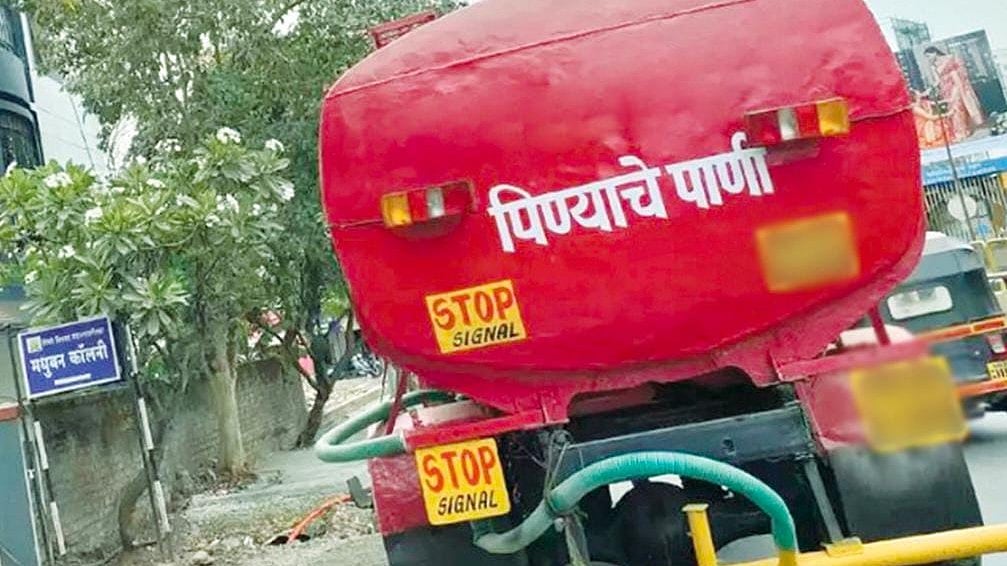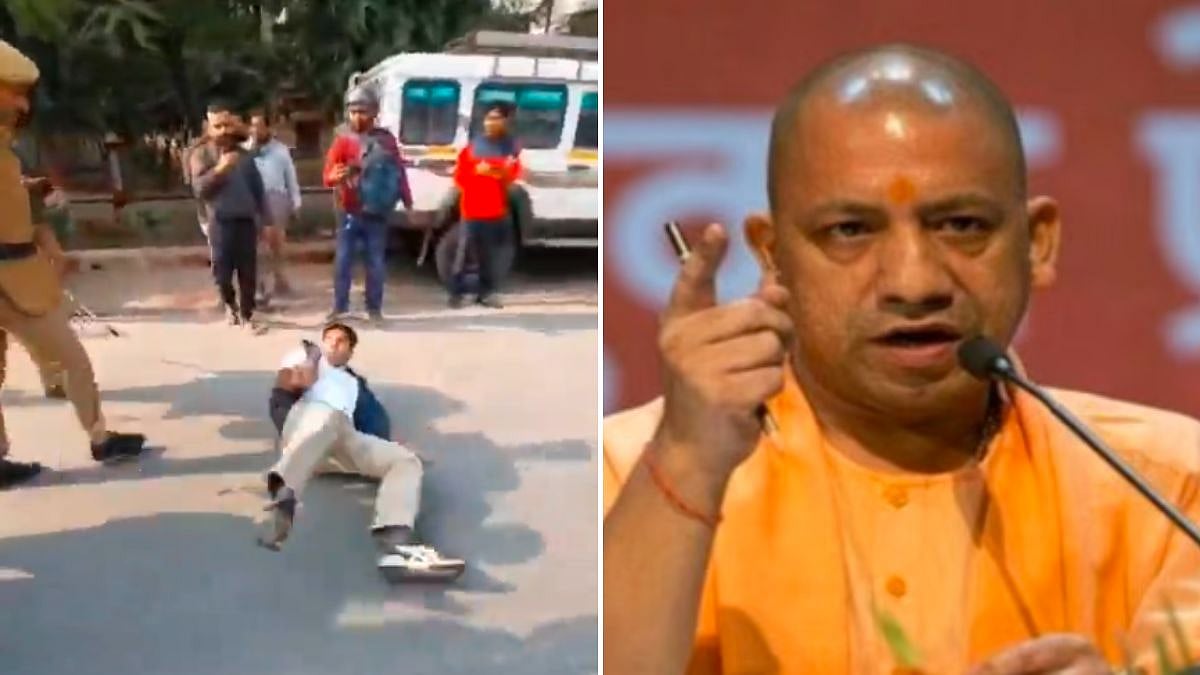If there were some who were expecting big ticket announcements to be made by Finance Minister Nirmala Sitharaman while presenting the Interim Budget for 2024- 25, the last “budget” before the general elections, they were disappointed.
An interim budget is a vote-on-account to provide a grant to the Union government to meet its expenditures for four months. However, since the Narendra Modi government has broken many a convention after he became Prime Minister in May 2014, expectations of populist pronouncements were not entirely out of place. Why did this not happen?
Insight on debt burden
Before answering the question, it needs to be mentioned that this government is desperately addicted to the clever use of words, even as its actions do not match the reality on the ground. What else was the point in claiming that capital expenditure (capex) would go up by 11.1 per cent to Rs 11,11,111 crore? Or that the two acronyms – the gross domestic product (GDP) and the foreign direct investment (FDI) – should be expanded to “governance, development and performance” and to “first develop India”? What’s the truth behind the hype about these numbers?
The reality is that the government spending on capex based on borrowings has increased the country’s debt burden to more than 80% of the GDP. While private investments have not significantly gone up because of unutilized capacities. Revenue generation has been lagging, including from disinvestment proceeds – the figure has been carefully concealed in the budget documents – that stood at Rs 46,034 crore in 2022-23 (actuals) and was down from Rs 51,000 crore in the current financial year’s budget estimate (BE) to Rs 30,000 crore in the revised estimate (RE for 2023-24).
As Deepanshu Mohan of OP Jindal Global University points out, while the government received a lot of praise for raising the capex target to Rs 10 lakh crore, the expenditure was not met to the extent of Rs 50,000 crore and explains part of the reduction in the fiscal deficit. He adds that “the growing burdens of inflationary tax in a period of stagnating real wages and joblessness may continue to trouble a vanishing middle class across the nation.”
Niti Aayog's claim
A simple question: If the FM and the PM believe Niti Aayog’s contentious claim that nearly 25 crore Indians have come out of multi-dimensional poverty over a decade, why then are more than 80 crore Indians going to receive free rations for five years?
The interim budget has assumed a 10.5% “nominal” growth in GDP (that is, after inflation) from 2023-24 to 2024-25 and a “real” rate of GDP growth of 7%. This implicitly assumes an inflation rate of around 3.5% in the coming financial year. Is this realistic? Not at all.
GDP numbers presented by Govt
In any case, the GDP numbers put out by the government are far from accurate as these do not credibly account for the nonagriculture unorganized sector (that creates most jobs in the country) and has hardly recovered since the disastrous demonetization of November 2016, as economists like Arun Kumar (formerly of Jawaharlal Nehru University) have repeatedly highlighted. As for inflows of FDI, this figure is down by 16% from $84.9 billion to $70.9 billion between calendar years 2022 and 2023. The FM obfuscates the numbers to claim the “golden era” of FDI inflows was between 2014 and 2023 at $596 billion, twice the inflow between 2005 and 2014. By talking about the poor, the youth, women, and farmers in the interim.








